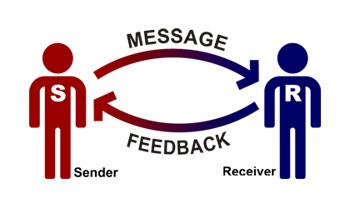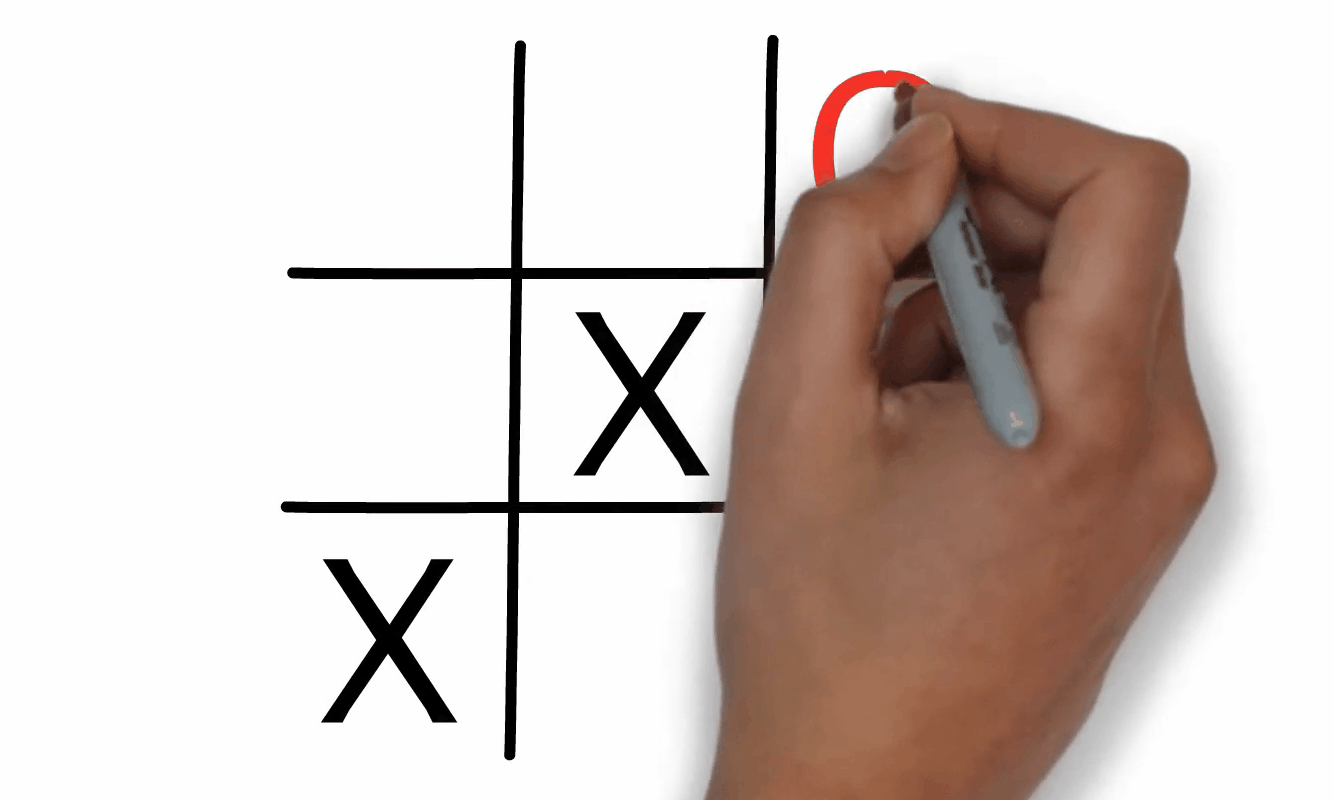
An individual comes into the emergency room in which you are working. The individual appears to be in pain but speaks a language you do not understand.
A patient of your healthcare practice is suffering from a chronic illness. This patient believes that he is weak if he admits to the severity of the symptoms that he has. As a result, the medication is not controlling the patient's health very well.
You have diagnosed a severe illness in a young patient. You tell the child's parents about the diagnosis, and they are visibly emotional and upset. Although you try to talk to them about the diagnosis and treatment, you wonder if they were too emotional and upset to understand all of what you told them.
You've received the test results for a patient. When the patient calls you to obtain the information, you can hear a great deal of noise in the background, and the patient has to ask you to repeat parts of the conversation.
Each of these situations represents a possible breakdown in communication within a healthcare setting. Do these communications sound effective? What might occur because of the different obstacles to communication?
What is communication? Although communication happens all around us, you might not have stopped considering what this means. In some ways, coming to a definition of communication is difficult because there are so many different forms of communication, and it's tough to find one definition that covers all of these forms while still having a specific meaning. One definition is that communication is 'the process of sharing information using a set of common rules.' If we break this down further, we find that exchanging or sharing information is at the heart of communication. To have this, we must have a sender of data, someone who receives it, and the information or message itself.
Communication
In the context of the health sciences, we can focus on health communication. Health communication is a form of communication that deals with the sharing of health-related information. These interactions may be nonverbal or verbal; they may be direct or indirect, and they may be oral, written, or visual. What are some of the ways you have communicated about health? Health communications happen in various contexts, from one-on-one conversations to small group discussions to mass communications through pamphlets and the media.
Studies on health communication have identified some basic foundations that help us understand this communication better. These include:
- Health communication is a process. We sometimes think of communication as a linear practice where the communication goes from one person to the next, such as from the doctor to the patient. However, most communication involves a transactional approach where there is a relationship between the two people as they share information. Information travels in both directions, from person A to person B and person B to person A. In a healthcare setting, for example, the patient gives information to the nurse, and the nurse provides information to the patient.
- Health communication is transactional. Building off the idea of health communication as a process creates the dual effect of communication. In other words, all participants in the communication are affected in some way by the communication. People are both the sender and recipient of information during most communications. In this way, we can see how communication influences the relationship between two people. For example, think about an interaction between a patient and a doctor. The doctor may exude confidence in the interaction because they are confident in their abilities or because they sense that the patient needs the doctor to be confident in the interaction so that the patient doesn't lose hope. The interplay in the communication influences both parties during the interaction.
- Health communication is multidimensional. Communication involves sharing information (the content dimension) and helps define the relationship of the people interacting (the relationship dimension). Both of these dimensions are connected. For example, the content dimension involves the information shared in a communication. In addition, communication often involves aspects that position individuals within a relationship. Think about a doctor discussing medication for a patient with a nurse. The content dimension would be the actual information about the medication. The relationship dimension would be how the data is conveyed between the two participants. In this case, the doctor may be giving directives about the medication to the nurse, defining the doctor as the person in authority in this relationship.
Learning about these communication aspects helps us understand health communication and issues that may develop during communication.

